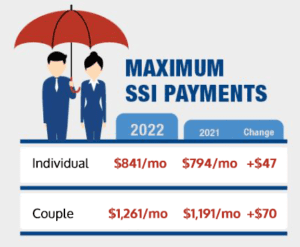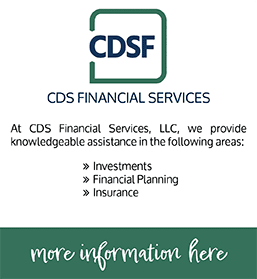165+ million people work and pay Social Security taxes each year. Average retirement benefits starting January 2022 have changed.
- All workers in 2022 have a Social Security benefits increase of $92 to $1,657 per month compared to $1,565 per month in 2021.
- This includes a 5.9% cost of living increase for Social Security retirement benefits and SSI payments begins with December 2021 benefits (payable in January 2022).
- The 2022 maximum Social Security retirement benefits for a worker retiring at full retirement age is $3,345 per month.
Social Security Payments Explained
Social Security retirement benefits are for people who have paid into the Social Security system through taxable income.
Social Security Disability (SSD or SSDI) benefits are for people who have disabilities but have paid into the Social Security system through taxable income.
Supplemental Security Income benefits are for adults and children who have disabilities, plus limited income and resources.
Maximum SSI Payments
2022 Social Security and Medicare Tax Rates
- If you work for someone else, your employer pays 7.65% and you pay 7.65%.
- If you are self-employed, you pay 15.3%.
- The above tax rates are a combination of 6.2% Social Security and 1.45% for Medicare. There is also 0.9% Medicare wages surtax for those with wages above $200,000 single ($250,000 joint filers) that is not reflected in these figures.
Here’s how you qualify for retirement benefits
When you work and pay Social Security taxes, you earn credits toward benefits. The number of credits you need to earn retirement benefits depends on when you were born.
- If you were born in 1929 or later, you need 40 credits (10 years of work) to receive retirement benefits.
- The earnings needed to earn a credit in 2022 is $1,510.
- You can earn 4 credits maximum per year.
You can check your benefit status before you retire
- You can check online by creating a mySocial Security account on the SSA website. If you don’t have an account, you’ll be mailed a paper Social Security statement 3 months before your 61st birthday.
- It shows your year-by-year earnings, and estimates of retirement, survivors and disability benefits you and your family may be able to receive now and in the future.
- If it doesn’t show earnings from a state or local government employer, contact them. The work may not be covered within Social Security.
Questions? Visit with one of our tax experts.







